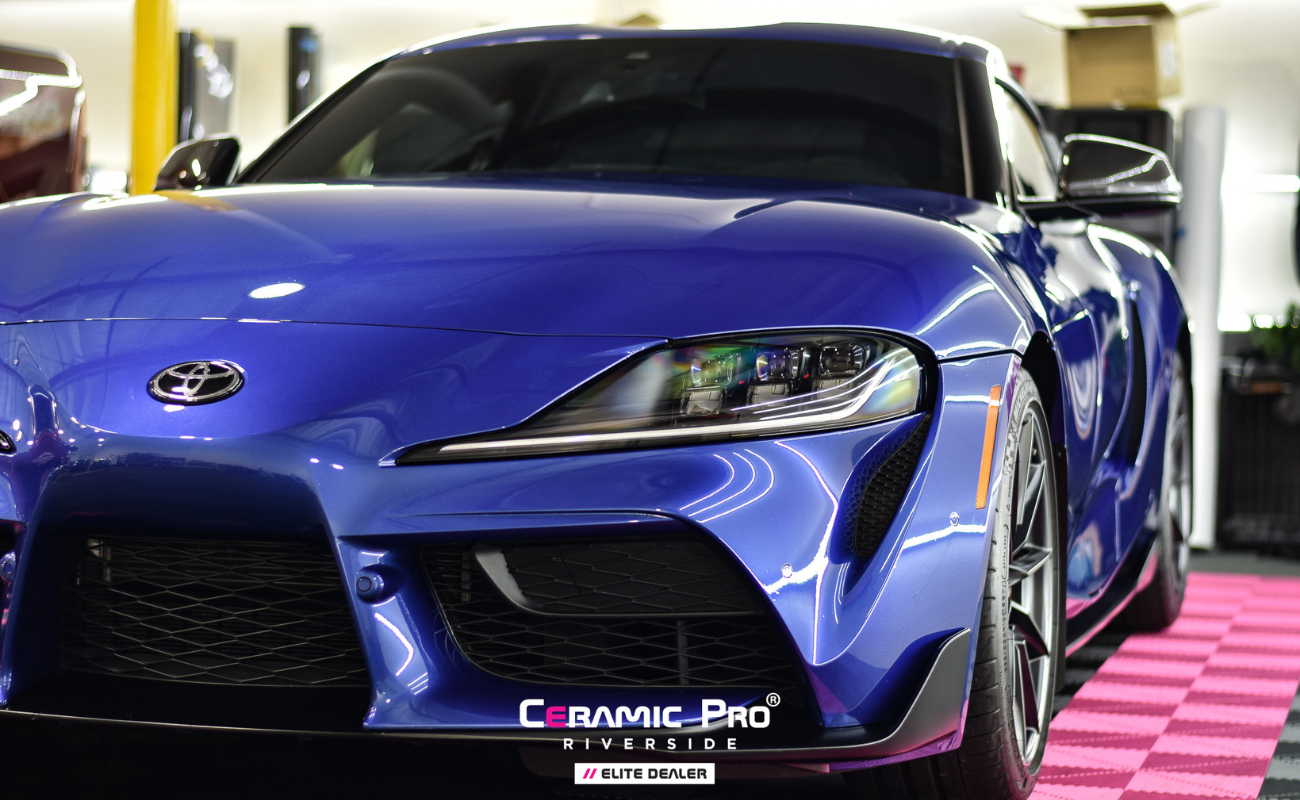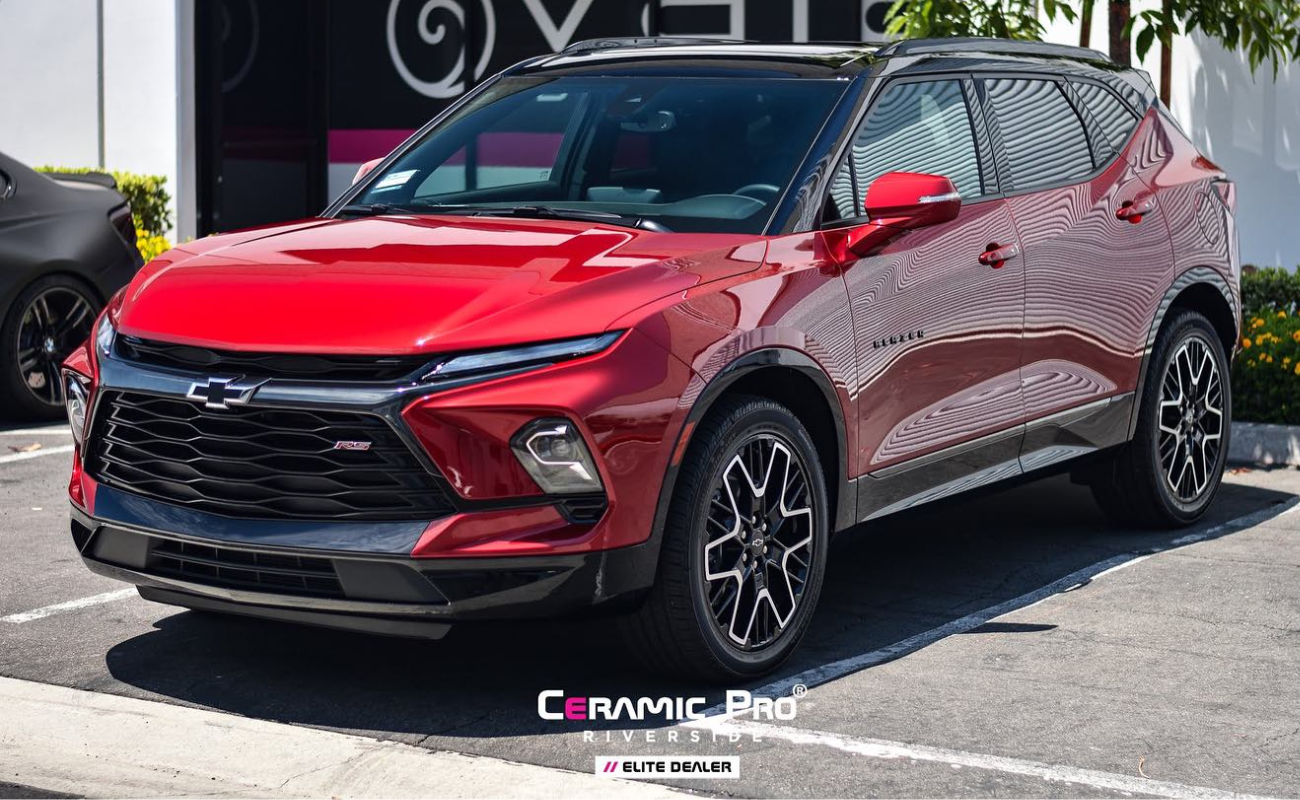Exploring the world of Paint Protection Film (PPF) can be enlightening when safeguarding your vehicle’s exterior. From unrivaled defense against wear and tear to enhancing your ride’s visual allure, PPF offers many advantages beyond the surface. Whether you’re seeking to shield your car’s paintwork from chips and scratches or aiming to elevate its aesthetic appeal with innovative finishes, PPF holds a treasure trove of possibilities waiting to be uncovered.
Key Takeaways
- PPF offers physical protection from road hazards and environmental elements.
- The self-healing properties of some PPF types ensure minor surface marks disappear.
- Various finishes like high-gloss, matte, and color-changing cater to different aesthetic preferences.
- PPF is thicker and more durable than ceramic coatings for long-lasting protection.
- Regular maintenance ensures PPF longevity, preserving the vehicle’s appearance and value.
Benefits of PPF
When considering the benefits of Paint Protection Film (PPF), it’s crucial to understand its multifaceted advantages in safeguarding your vehicle’s exterior. PPF is a transparent, durable film applied to the painted surfaces of your car, acting as a shield against various elements that can harm the paintwork.
One significant benefit of PPF is its exceptional ability to protect your car from road debris, such as stones, gravel, and bugs. These particles can cause scratches, pits, and stains on your vehicle’s paint, diminishing aesthetic appeal and potentially costly repairs.
Moreover, PPF offers UV protection, preventing the sun’s harmful rays from fading or damaging your car’s paint over time. The film also protects against environmental contaminants like bird droppings, tree sap, and pollutants, which can etch into the paint if left unchecked. By repelling these substances, PPF helps maintain your vehicle’s pristine look and preserves its resale value.
Additionally, the self-healing properties of some PPF products enable minor scratches and swirl marks to disappear with exposure to heat, ensuring that your car’s exterior remains flawless with minimal maintenance. The clarity of modern PPF ensures that it’s virtually invisible once applied, preserving your car’s original color and finish while providing peace of mind knowing your vehicle is protected.
Types of PPF
When considering the types of PPF available, you must first assess the various film varieties offered in the market.
Understanding the different application techniques is crucial in determining the best fit for your vehicle.
Lastly, recognizing each type of film’s protective benefits is essential in making an informed decision for optimal protection and aesthetics.
PPF Film Varieties
Exploring the world of PPF film varieties unveils a diverse array of options designed to meet specific needs and preferences.
One common variety of PPF is the self-healing PPF. This type possesses the remarkable ability to repair minor scratches and swirl marks with exposure to heat, maintaining a sleek appearance over time.
For those prioritizing optical clarity, opt for high-gloss PPF, which offers exceptional transparency while safeguarding against UV rays and contaminants.
Matte finish PPF is ideal for individuals seeking a more subdued appearance. It effectively protects the vehicle while providing a non-reflective surface.
If you desire a color-enhancing effect, consider color-changing PPF, which can transform the look of your vehicle while providing robust protection.
Textured PPF varieties offer a unique aesthetic appeal and cater to those looking to add depth and dimension to their vehicle’s exterior.
Application Techniques
Various techniques are utilized to effectively apply paint protection film (PPF) and ensure a seamless and durable finish.
Regarding PPF application, there are primarily two main methods: pre-cut kits and bulk film.
- Pre-cut kits are computer-designed templates already cut to fit specific vehicle models, making the application process more straightforward and reducing the risk of errors.
- On the other hand, bulk film requires the installer to hand-cut the film based on the vehicle’s dimensions, offering more flexibility to customize coverage but requiring a higher skill level.
Another essential technique in PPF application is using a slip solution, a mixture of water, and a small amount of soap, which allows the film to be repositioned during installation.
Proper squeegee techniques are crucial to remove air bubbles and ensure the film adheres smoothly to the surface. Heat guns are often used to help the film conform to complex curves and edges, creating a seamless appearance.
Protective Film Benefits
Moving from application techniques to Protective Film Benefits (Types of PPF) unveils a landscape rich with options tailored to meet specific needs. When considering protective film benefits, it’s crucial to understand the types of PPF available to make an informed decision. Here are some key types:
- Clear Film: Offers basic protection against surface marks and minor abrasions, preserving the original paint finish.
- Matte Film: Ideal for matte paint finishes, protecting while maintaining the matte appearance.
- Self-Healing Film: Capable of repairing minor scratches through heat or sunlight, ensuring a flawless look over time.
- Colored Film: In addition to protecting the vehicle, colored film adds a custom color or tint to its exterior, enhancing its aesthetics.
Each type of protective film offers distinct advantages, catering to specific preferences and requirements. Choosing the correct type of PPF can safeguard your vehicle while enhancing its durability and visual appeal.
PPF Installation Process
When considering the PPF installation process, it’s essential to understand the meticulous steps involved in ensuring proper application.
The process begins with thoroughly cleaning and preparing the vehicle’s surface to remove any dirt, debris, or wax that could interfere with the film’s adhesion.
Next, precise measurements and cutting of the PPF material are made to ensure a perfect fit on each vehicle panel.
After cutting the material, it’s carefully applied to the vehicle using a squeegee to remove air bubbles and ensure a smooth, seamless finish.
The installer must have a steady hand and keen attention to detail to prevent any wrinkles or imperfections during application.
Once the PPF is applied, it must be cured properly to achieve maximum adhesion and protection.
Depending on the specific product used, this curing process may involve heat application or time for the adhesive to set.
Maintaining PPF
In maintaining PPF, ensuring the film’s longevity and effectiveness is paramount. To preserve the protective qualities of your Paint Protection Film (PPF) and keep your vehicle looking its best, follow these essential maintenance tips:
- Regular Washing: Wash your vehicle frequently to remove dirt, grime, and other contaminants that can degrade the PPF over time. Use a gentle car wash soap and a soft microfiber cloth to prevent surface marks on the film.
- Avoid Harsh Chemicals: Avoid using harsh chemicals or abrasive materials that can damage the PPF when cleaning your car. Stick to products designed explicitly for PPF maintenance to ensure its longevity.
- Avoid High Temperatures: PPF can be sensitive to extreme heat, so park your vehicle in shaded areas or garages whenever possible. Prolonged exposure to high temperatures can cause the film to peel or discolor.
- Regular Inspections: Periodically inspect the PPF for any signs of damage, bubbling, or lifting at the edges. Addressing issues early can prevent further damage and maintain the film’s effectiveness.
PPF Vs. Ceramic Coating
When comparing PPF to ceramic coating, it’s essential to consider their specific advantages.
PPF protects against rock chips, surface marks, and other external hazards.
On the other hand, ceramic coating offers benefits such as:
- Enhanced gloss
- Hydrophobic properties
- Ease of cleaning
PPF for Physical Protection
Comparing Paint Protection Film (PPF) to Ceramic Coating reveals distinct differences in their approaches to providing physical protection for automotive surfaces. PPF is a clear, thermoplastic urethane film applied to the vehicle’s exterior, offering superior protection against surface marks, rock chips, and other debris.
Here are some key points to consider:
- Thickness: PPF is thicker than a ceramic coating, providing a more robust barrier against physical damage.
- Impact Resistance: PPF is designed to absorb the impact of rocks and debris, preventing damage to the underlying paint.
- Self-Healing Properties: Some PPF products have self-healing capabilities, where minor scratches disappear with heat or time.
- Durability: PPF is highly durable and can withstand harsh environmental conditions, maintaining the vehicle’s appearance over an extended period.
Regarding physical protection, PPF offers a level of defense that ceramic coating can’t match. Its ability to shield the paint from various hazards makes it popular for car enthusiasts seeking long-lasting protection.
Ceramic Coating Benefits
For a comprehensive evaluation of automotive surface protection options, delving into the benefits of Ceramic Coating alongside Paint Protection Film (PPF) reveals key distinctions in their protective abilities. Ceramic coatings offer a durable layer of protection that bonds chemically with the vehicle’s paint, providing resistance against UV rays, chemicals, and environmental contaminants.
Unlike PPF, which is a physical barrier, ceramic coatings are invisible. They enhance the vehicle’s aesthetics by creating a glossy finish and increasing depth of color. While PPF excels in impact resistance and scratch protection, ceramic coatings excel in ease of maintenance and longevity.
With proper care, ceramic coatings can last up to 5 years, offering a long-term solution for preserving your vehicle’s paintwork. Additionally, ceramic coatings can help repel water and dirt, making cleaning easier and maintaining the vehicle’s appearance.
When considering ceramic coatings versus PPF, it ultimately comes down to personal preference and the level of protection and maintenance you desire for your vehicle.
PPF Cost Factors
To understand the cost factors associated with Paint Protection Film (PPF), it’s crucial to consider various elements that contribute to the overall pricing of this protective solution. When determining the cost of PPF for your vehicle, the following factors play a significant role:
- Type of PPF: The cost can vary depending on the type of PPF chosen, such as standard, premium, self-healing, or specialty tinted options.
- Coverage Area: The size of the vehicle and the extent of coverage desired will impact the overall cost. Full-body PPF installation will be more expensive compared to partial coverage.
- Quality of Installation: Opting for a professional installation ensures proper alignment and durability, affecting the final cost. DIY kits are cheaper but may provide a different level of protection.
- Brand and Warranty: Different PPF brands offer varying levels of durability and clarity. Consider the manufacturer’s warranty, as longer warranties often come with a higher price tag.
DIY PPF Application Tips
When applying Paint Protection Film (PPF) yourself, following proper techniques is essential to ensure a successful installation. Before you start, ensure your work environment is clean and dust-free to prevent any particles from getting trapped under the film. Thoroughly wash and dry the surface where the PPF will be applied to remove any dirt, wax, or debris.
Next, measure and cut the film accurately, leaving a small margin around the edges to ensure full coverage. Using a spray bottle with a mixture of water and a few drops of baby shampoo can help you position the film without it sticking prematurely.
As you lay the film onto the surface, use a squeegee to push out any air bubbles, starting from the center and working your way outwards. Take your time and be patient, smoothing out the film carefully to avoid wrinkles or creases.
Trim any excess film with a sharp blade, ensuring clean and precise edges. Once the film is applied, allow it to cure for at least 24 hours before exposing it to any moisture or extreme conditions.
PPF Removal Guide
If you have reached the point where your Paint Protection Film (PPF) needs to be removed, it’s crucial to approach this task with precision and care. Removing PPF improperly can damage your vehicle’s paint finish, so follow these steps carefully:
- Gather the Necessary Tools: You’ll need a heat gun or a hairdryer, a plastic razor blade, isopropyl alcohol, microfiber cloths, and a spray bottle with soapy water.
- Apply Heat to Loosen the Film: Use the heat gun or hairdryer to warm up the PPF. This will soften the adhesive, making it easier to peel off.
- Peel Off the Film: Start at a corner and slowly peel the film back, keeping it at a low angle to prevent tearing.
- Remove Residual Adhesive: Use the plastic razor blade to gently scrape off any remaining adhesive. Apply isopropyl alcohol to a cloth to remove stubborn residue without damaging the paint.
PPF for Different Vehicle Types
Occasionally, selecting the right Paint Protection Film (PPF) for your vehicle entails considering its type and specific requirements. When it comes to different vehicle types, PPF can be customized to provide optimal protection and aesthetics.
For sports cars that are prone to rock chips and surface marks due to their lower stance and higher speeds, a thicker and more durable PPF would be recommended. This type of PPF can withstand more impact without compromising the vehicle’s appearance.
On the other hand, for daily commuter vehicles, a standard PPF may suffice to protect against the usual wear and tear from highway driving and parking lot mishaps. These PPF options offer a balance between protection and cost-effectiveness, ensuring your vehicle maintains its sleek look over time.
For off-road vehicles that face rugged terrains and debris regularly, a specialized PPF designed for extreme durability is essential. This heavy-duty film can shield the vehicle from gravel, branches, and other off-road hazards, preserving its off-road-ready appearance.
When it comes to protecting your vehicle’s paint and maintaining its aesthetic appeal, Paint Protection Film is the way to go. Remember, “an ounce of prevention is worth a pound of cure.” With its durability, self-healing properties, and diverse options, PPF offers unparalleled protection against the elements and road debris. So, invest in PPF today to safeguard your vehicle and enjoy its long-lasting benefits.



